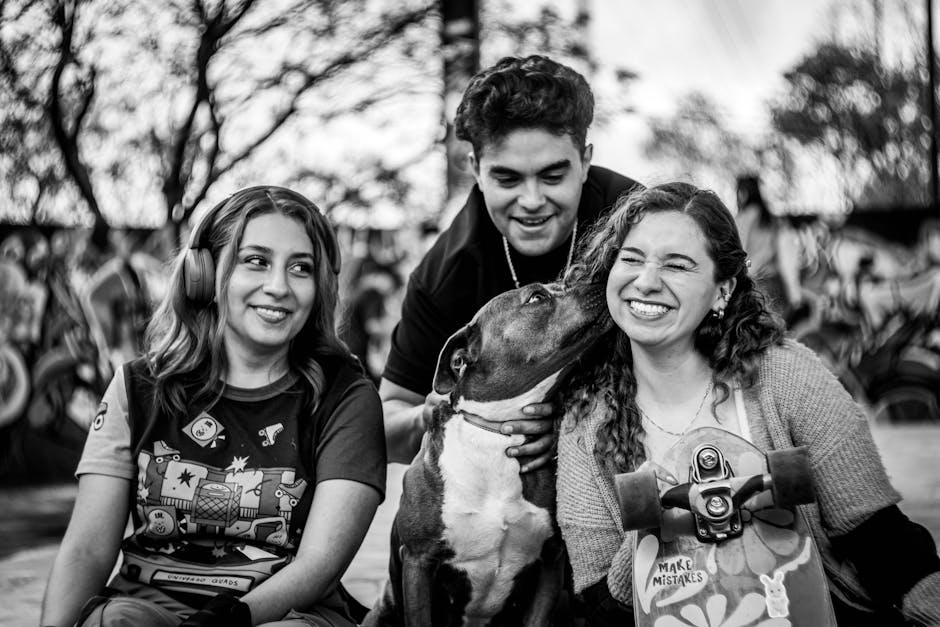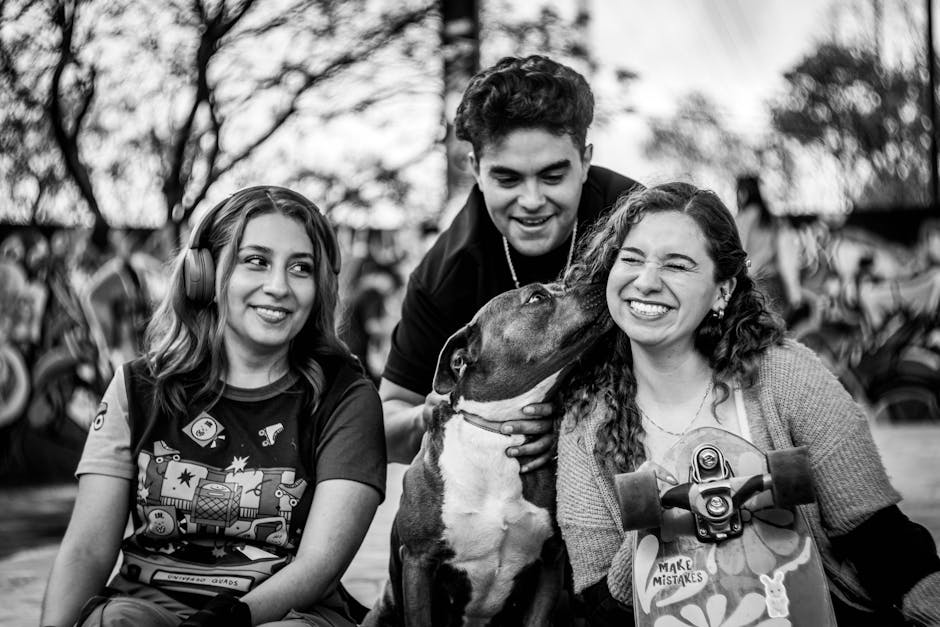Decoding the Sonoran Dog: Breed Overview, History, Temperament, and Care
The Sonoran Dog, often referred to as the Sonoran Desert Dog, isn’t a formally recognized breed by major kennel clubs like the American Kennel Club (AKC) or the United Kennel Club (UKC). Instead, it represents a type of dog, a lineage of mixed-breed canines that have adapted to the harsh environment of the Sonoran Desert in the southwestern United States and Mexico. Understanding this distinction is crucial before delving into the characteristics and care of these resilient animals.
A Look into the History and Origins of the Sonoran Dog
Pinpointing the exact origins of the Sonoran Dog is challenging due to its mixed ancestry and lack of formal breed registration. However, experts believe its genetic makeup reflects a blend of various breeds brought to the region by early settlers and indigenous populations. These likely included breeds well-suited to hot, arid climates and capable of independent survival. Traits such as endurance, heat tolerance, and a lean physique strongly suggest an admixture of breeds like:
- Chihuahuas: Known for their small size and heat tolerance.
- Greyhounds: Contributing to speed and endurance.
- Whippets: Similar to Greyhounds in their lean build and stamina.
- Various Native American Dog Breeds: These ancient lineages likely contributed to the dogs’ adaptability to the desert environment.
Over generations, natural selection favored dogs with characteristics enhancing survival in the harsh Sonoran Desert. This process resulted in the development of physical traits and behavioral adaptations that distinguish the Sonoran Dog type.
Physical Characteristics and Appearance
There’s no single standard for the Sonoran Dog’s appearance, reflecting its mixed breed heritage. However, some common physical traits are observed:
- Size: Typically small to medium-sized.
- Coat: Short to medium length, often fine and close to the body, providing minimal insulation against extreme heat.
- Color: A wide range of colors is possible, often reflecting the diverse genetic background. Fawn, tan, brindle, and variations of these are common.
- Build: Lean and muscular, designed for agility and endurance.
- Ears: Typically erect or semi-erect.
- Tail: Usually a medium-length tail.
The variability in appearance highlights the need to focus on the temperament and behavioral traits rather than strict physical conformity when identifying a Sonoran Dog.

Temperament and Personality
Sonoran Dogs are generally described as intelligent, alert, and independent. Their desert heritage has instilled in them a certain resourcefulness and resilience. They can be wary of strangers but are usually affectionate and loyal to their families. Early socialization is crucial to ensure a well-adjusted dog, especially given their potentially independent nature.
Potential Temperament Challenges
While generally friendly, some potential behavioral challenges can arise, especially if not properly trained and socialized:

- Prey Drive: Their hunting instincts may lead to chasing smaller animals.
- Independence: Their independent streak can make training more challenging than with some breeds.
- Territoriality: They might exhibit territorial behavior towards other dogs or unfamiliar people.
Addressing these potential issues through consistent training and positive reinforcement techniques is vital.
Care and Health Concerns of the Sonoran Dog
Caring for a Sonoran Dog requires an understanding of their unique needs and susceptibility to certain health problems. While their robustness is evident, preventative care is essential.
Grooming
Their short to medium coat necessitates regular brushing to remove dead hair and prevent matting. Bathing should be infrequent, as over-bathing can strip their coat of natural oils.
Nutrition
A high-quality diet suitable for their size and activity level is crucial. Consult your veterinarian to determine the best food options for your dog.
Exercise
Despite their adaptability to heat, avoid strenuous exercise during the hottest parts of the day. Regular walks and playtime are essential to maintain their physical and mental well-being.
Health Considerations
Due to their mixed breed heritage, the potential for certain health issues varies. Regular veterinary checkups are vital for early detection and management of any potential problems. Some potential concerns include:
- Hip and Elbow Dysplasia: Common in many breeds, this condition can affect joint health.
- Eye Problems: Certain eye conditions can be prevalent in some of the breeds contributing to the Sonoran Dog lineage.
- Dental Issues: Regular dental care is important for all dogs, especially those prone to plaque buildup.
Training a Sonoran Dog
Their independent nature may require a patient and consistent approach to training. Positive reinforcement techniques, such as reward-based training, are highly effective. Early socialization is crucial to ensure they interact appropriately with other dogs and people.
Is a Sonoran Dog Right for You?
The Sonoran Dog’s unique characteristics make them a fascinating and resilient breed. However, their independence and potential for specific behavioral traits require careful consideration. If you are prepared for a patient and consistent training approach and can provide a loving and stimulating environment, a Sonoran Dog could be a wonderful companion.

Remember, adopting a dog, regardless of breed, is a significant commitment. Thorough research and preparation are key to ensuring a happy and healthy life for your canine companion. Consult with experienced dog breeders or rescue organizations specializing in mixed-breed dogs for further information and guidance.

